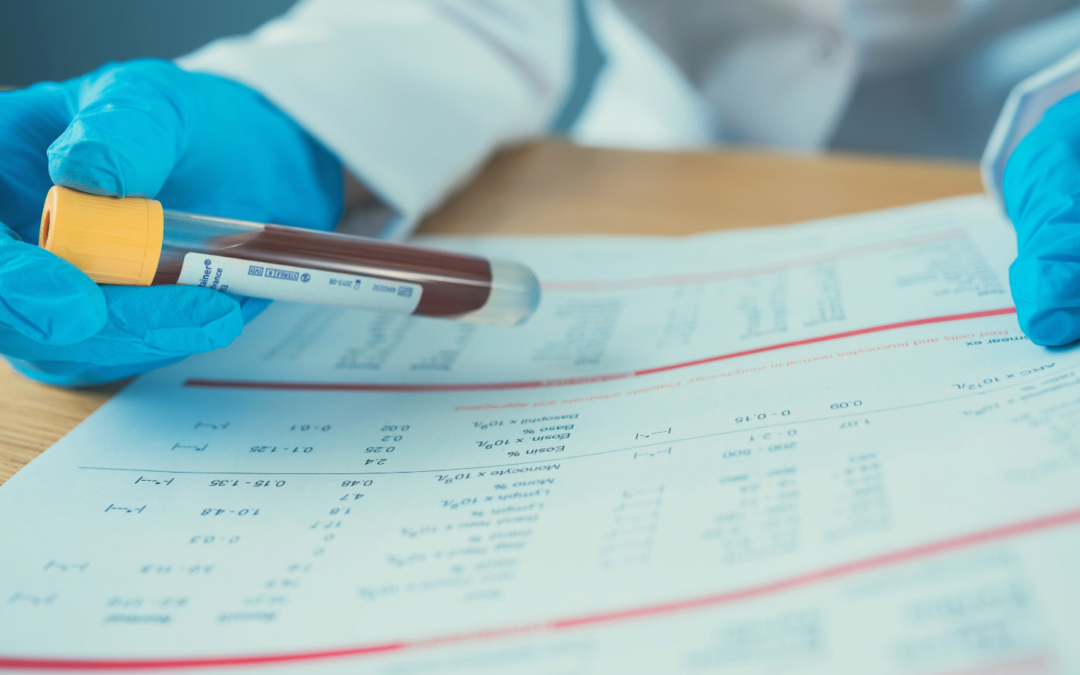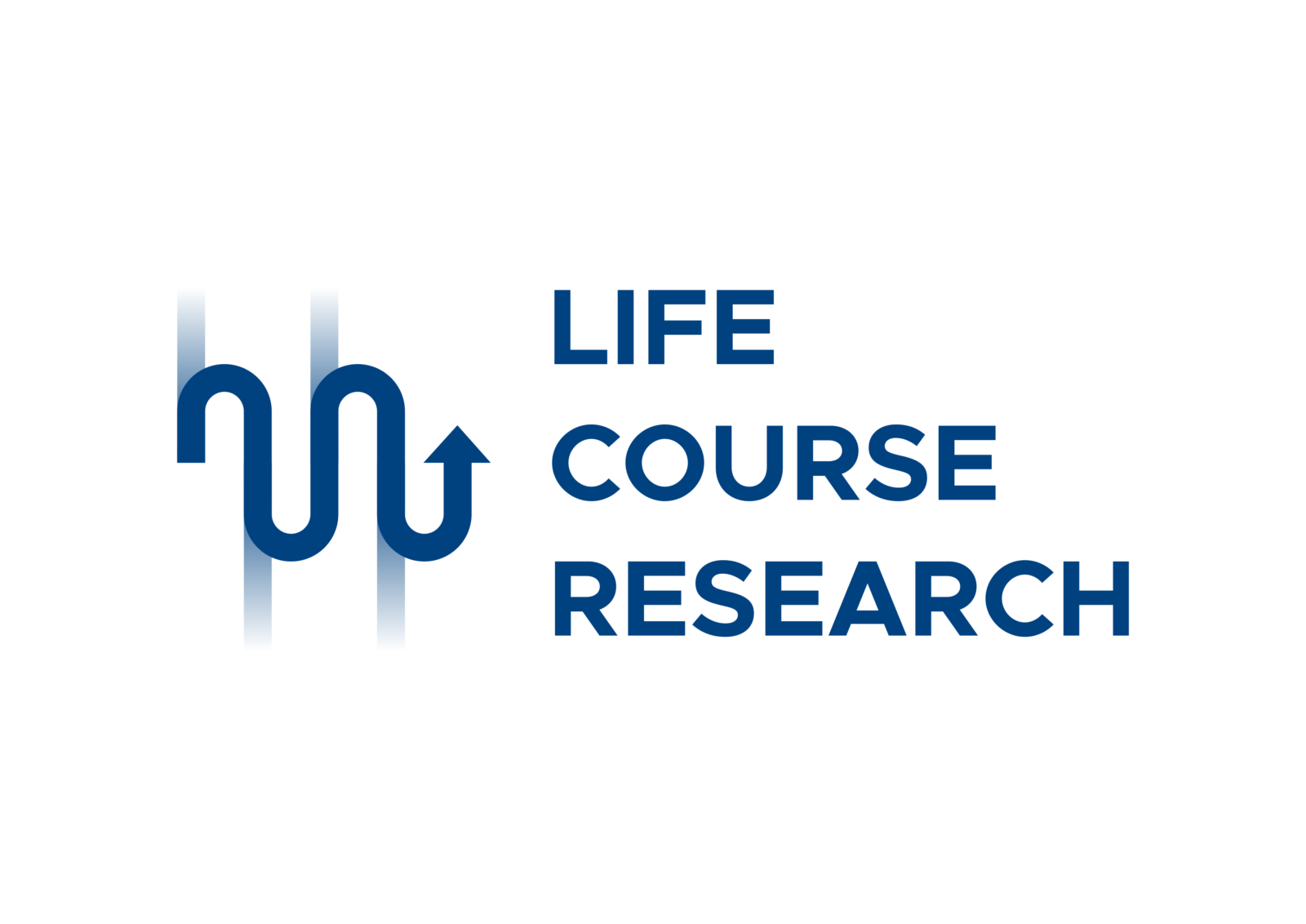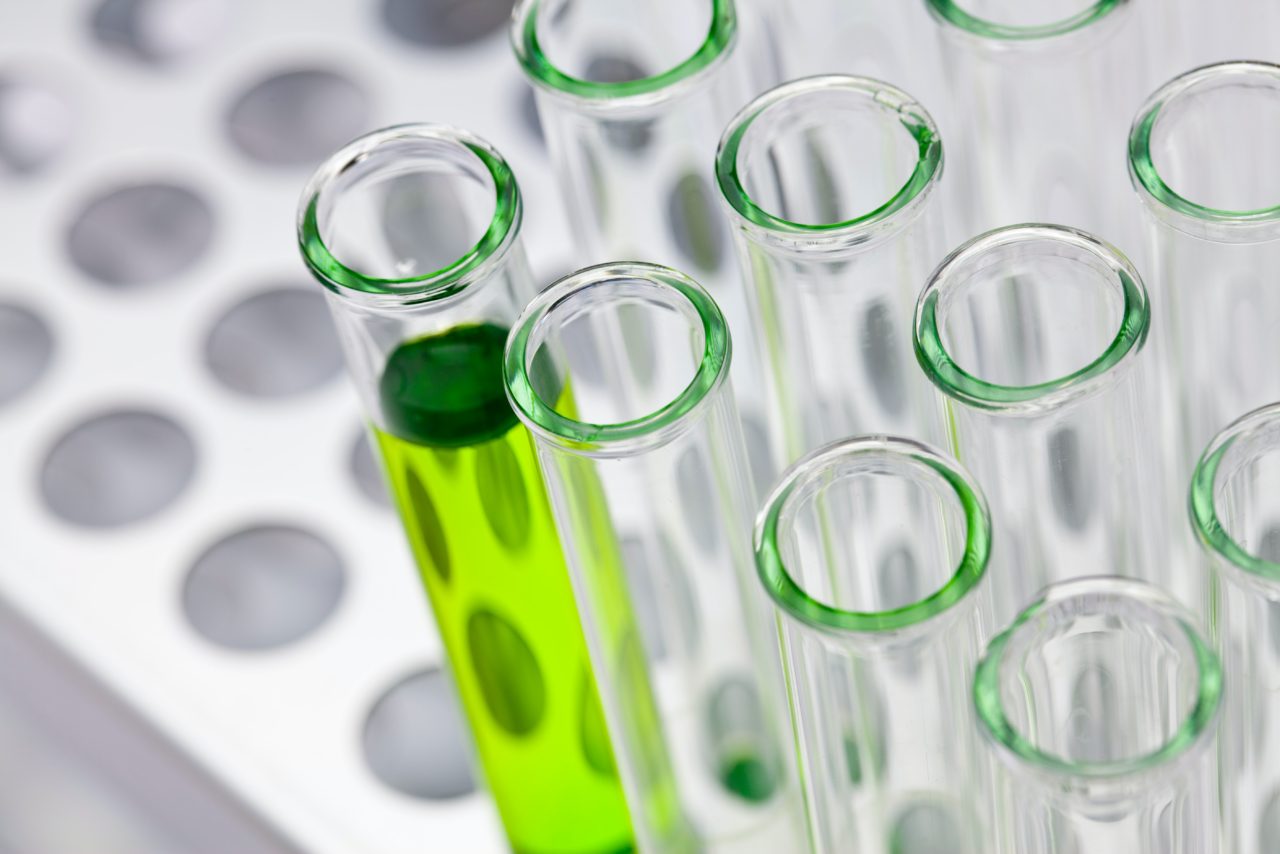Reference
Wu JW, Yaqub A, Ma Y, Koudstaal W, Hofman A, Ikram MA, Ghanbari M, Goudsmit J. Biological age in healthy elderly predicts aging-related diseases including dementia. Sci Rep. 2021 Aug 5;11(1):15929. doi: 10.1038/s41598-021-95425-5. PMID: 34354164; PMCID: PMC8342513.
At a glance
Biological age, rather than chronological age, offers new perspectives on the possibility of extending both lifespan and health span. Many authors in recent years have put forward various algorithms for estimating biological age. Nonetheless, translating this information into current practice remains a challenge. Researchers from the epidemiology departments of Harvard University (Boston, U.S.) and the Erasmus University Rotterdam University (Netherlands) recently developed two algorithms in order to predict aging-related diseases (including dementia) by means of biological age.
The two algorithms developed, BioAge1 and BioAge2, require chronological age as an input together with 10 blood parameters (such as albumin, creatinine, MCV, …). They differ only in that BioAge2 includes the blood measure of the neurofilament light chain (NfL), a neurodegenerative marker. Both return an estimate of biological age. The ability to predict mortality and aging-related diseases was tested on a sample of 1930 healthy individuals, whose mean age was 72 years, who were followed up after an average period of 7 years.
The authors report good results for the two algorithms in predicting mortality and morbidity. Every one-year increase in BioAge1 and BioAge2 is associated with an 11% increase in mortality and a 7% increase of first morbidity (including dementia). This study introduces the use of algorithms in estimating the biological age in current practice. This information could be used for the early identification of patients at risk of developing aging-related diseases, so that targeted preventive measures could be designed and implemented.
The context
The pace of aging varies from person to person. Several authors in recent years have suggested methods to estimate the gap between chronological and biological age based on specific parameters (biomarkers). Understanding biological age could help identify those patients at higher risk of death and aging-related diseases, before clinical manifestations appear. This could be an opportunity to develop effective and targeted preventive interventions.
The characteristics of the study
The authors included participants from the “Rotterdam study”, a prospective cohort study started in 1990. This study enrolled 1930 healthy individuals, with a mean age of 72 years, who were followed up after an average of 7 years. The authors developed two algorithms for estimating biological age, BioAge1 and BioAge2, based on the PhenoAge algorithm proposed by Levine in 2018 (Levine et al. An epigenetic biomarker of aging for lifespan and health span; Aging, 2018, Apr 18;10(4):573-591). The input parameters shared by BioAge1 and BioAge2 are chronological age and 10 blood values (albumin, creatinine, serum glucose, C-reactive protein, Lymphocyte percent, mean red cell volume, red cell distribution width, alkaline phosphatase, white blood cell count). BioAge2 also includes the serum level of the neurofilament light chain (as a neurodegenerative marker). These algorithms were validated on the participants of the “Rotterdam Study”. The authors then applied univariate and multivariate statistical models to predict mortality rates and aging-related diseases.
The results
The two algorithms show good results in predicting mortality and morbidity: on the basis of the applied statistical model, every one-year increase of BioAge1/BioAge2 is associated with a 11% higher risk of mortality (HR 1.11; 95%CI 1.08-1.14; p<0.0001) and a 7% higher risk of first morbidity (HR 1.07; 95%CI 1.05-1.09). Also, more specifically, every 1-year increase in BioAge1 is associated with a 3% higher risk of dementia (HR 1.03; 95%CI 1.00-1.06; p=0.08). Regarding BioAge2, each 1-year increase translates into a 5% higher risk of dementia (HR 1.05; 95%CI 1.02-1.08; p=0.001). BioAge1 is also a good predictor of cancer (HR 1.04 95%CI 1.02-1.06), chronic heart disease (HR 1.04; 95%CI 1.01-1.08), diabetes (HR 1.09; 95%CI 1.05-1.12), stroke (HR 1.10; 95%CI 1.06-1.14) and COPD (HR 1.06; 95%CI 1.03-1.09).
Study limitations
The study included only patients from “The Rotterdam study”, so the results may not be completely generalizable. Furthermore, the assumption of linearity between biological age and the risk of aging-related diseases may not be representative of reality. Finally, the authors highlight that the results should be interpreted with caution, as further studies are needed to confirm the causal link.
The news and the prospects
The development and validation of these algorithms, in the near future, could lead to them being introduced into routine clinical practice. The possibility of early identification of individuals at risk of aging-related diseases, such as dementia, has the potential to lead to targeted prevention strategies.
School of Specialization in Hygiene and Preventive Medicine
Edited by Osvaldo Milicia, Matteo Ratti and Riccardo Rescinito
Bibliography
Levine et al. An epigenetic biomarker of aging for lifespan and healthspan; Aging, 2018, Apr 18;10(4):573-591




